Ozzy Osbourne, lead singer of the legendary rock group Black Sabbath who did more than maybe any other musician to help shape the dark, hard-partying image of the heavy metal genre — even once biting the head off a bat on stage — died Tuesday at the age of 76, his family announced.
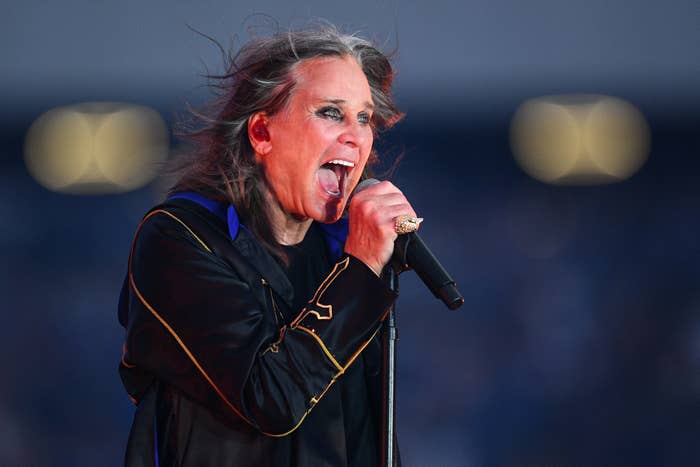
“It is with more sadness than mere words can convey that we have to report that our beloved Ozzy Osbourne has passed away this morning. He was with his family and surrounded by love,” the statement said.
The singer had just recorded his farewell concert with Black Sabbath a few weeks ago. Titled Back to the Beginning: Ozzy’s Final Bow, it’s set for a theatrical release in early 2026.
Osbourne told The Guardian in May that he was looking forward to a different life after filming the concert ― one with fewer people and more animals.
“Yeah. Get some ponies and chickens, and a million dogs. I want to open a dog rescue centre and a horse rescue centre. Scream at the neighbors a couple of times. There you go,” he said.
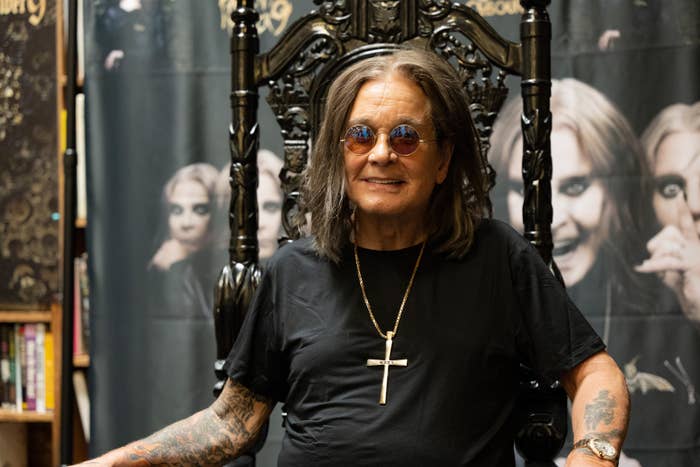
He also recently shared updates about his Parkinson’s diagnosis, saying it had slowed him down but he was “still actively doing things.”
“For all my complaining, I’m still alive,” he said on his Sirius XM radio show in February. “I may be moaning that I can’t walk as well … but as I look down the road, there’s people that didn’t do half as much as me and they didn’t make it.”
Born John Michael Osbourne on Dec. 3, 1948, Osbourne grew up in a working-class family near Birmingham, England. He struggled in school from a young age, in part due to his dyslexia, and eventually dropped out at the age of 15. But when he first heard “She Loves You” by The Beatles, he felt he had found his calling. “It was just magic,” he said. “It was like being hit by a bolt of lightning.”
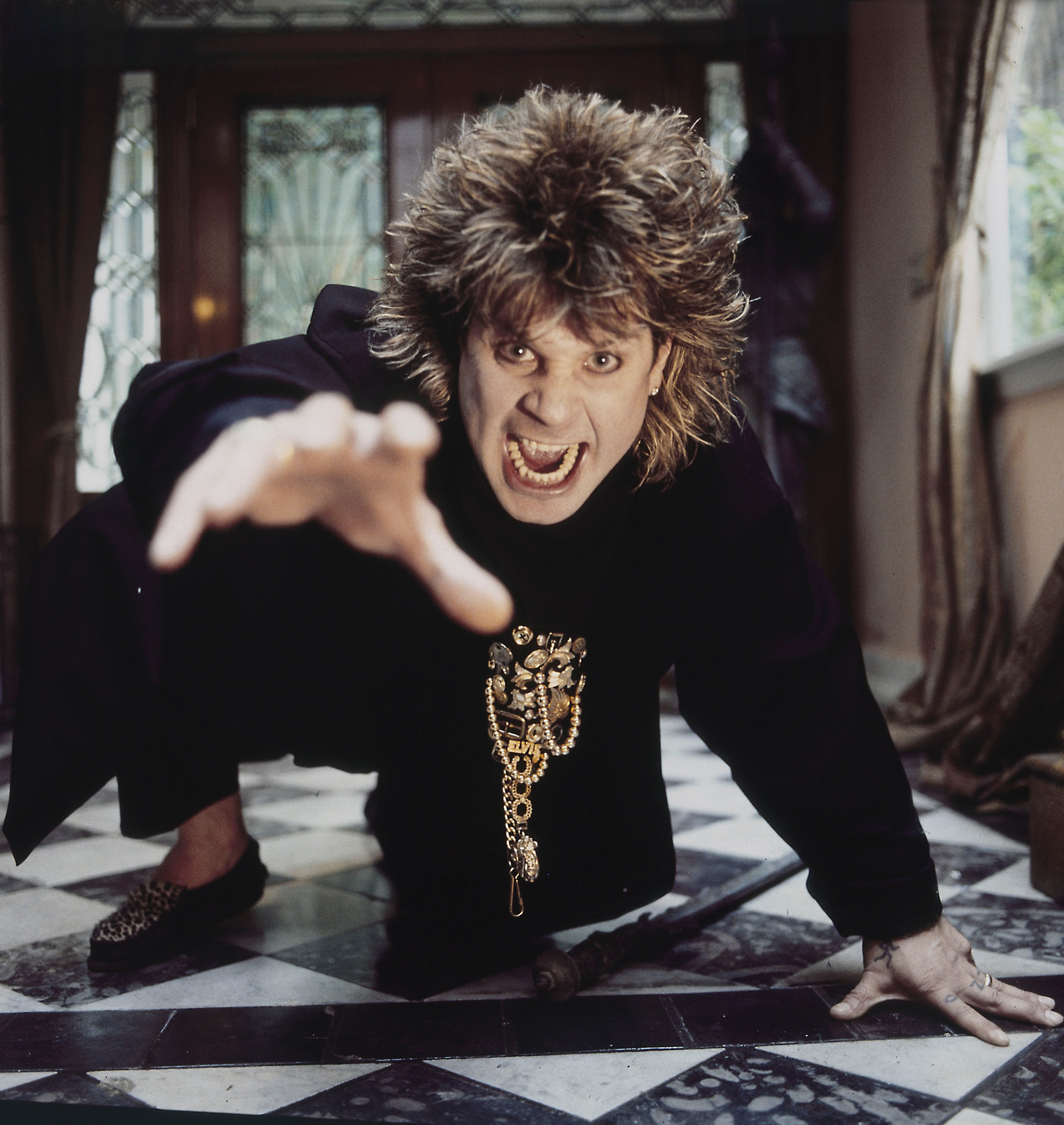
“It changed my life forever, and at that point I knew what I wanted to do with my life,” he continued. “I never knew it would turn out the way it did ― it turned out way bigger than my wildest expectations ― but I knew that I wanted to be the singer in a band.”
Together with guitarist Tony Iommi, bassist Geezer Butler and drummer Bill Ward, he founded a band called Earth, later renamed Black Sabbath. Amid the flower power revolution, Black Sabbath decided to move their music in a more sinister direction. Their sound was heavy, dark and different.
The band’s self-titled 1970 debut album sold decently well, but it was their second album, 1971’s Paranoid, and the hits on it, like “Iron Man” and “War Pigs,” that shot the band up the charts and solidified its standing near the top of the rock-and-roll hierarchy.

In his interview with The Guardian earlier this year, Osbourne recalled the band's less-than-stellar critical response.
“I don’t think we ever had a good review. Maybe that was a catalyst in a way: every critic didn’t like us, so more of the people liked us. We were a people’s band: four guys from Aston, one of the poorest parts of Birmingham,” he said.
Maybe even more influential than the band’s music was its image. Dark in color and rich in religious symbolism, the band’s aesthetic frightened parents but would help define the heavy metal scene for decades, leading fans to dub Osbourne “The Godfather of Metal” and “Prince of Darkness,” even though he personally didn’t like to associate himself with the term “heavy metal.”
Osbourne married his first wife, Thelma Riley, in 1971. The couple had two children, Jessica and Louis, and Osbourne adopted her son Elliot from a previous relationship.
During the Black Sabbath years, drugs became central to Osbourne’s identity as well. Legend has it that he and drummer Bill Ward took LSD every day for two years. But regardless, Osbourne’s drug and alcohol abuse overwhelmed those around him by the end of the 1970s, and the other members of Black Sabbath kicked him out of the band.
Soon after, he would start a solo project with the help of guitarist Randy Rhoads, bassist Bob Daisley, and drummer Lee Kerslake. In 1980, they released the highly acclaimed Blizzard of Ozz, which featured one of the most famous songs of Osbourne’s career, the driving anthem “Crazy Train.”
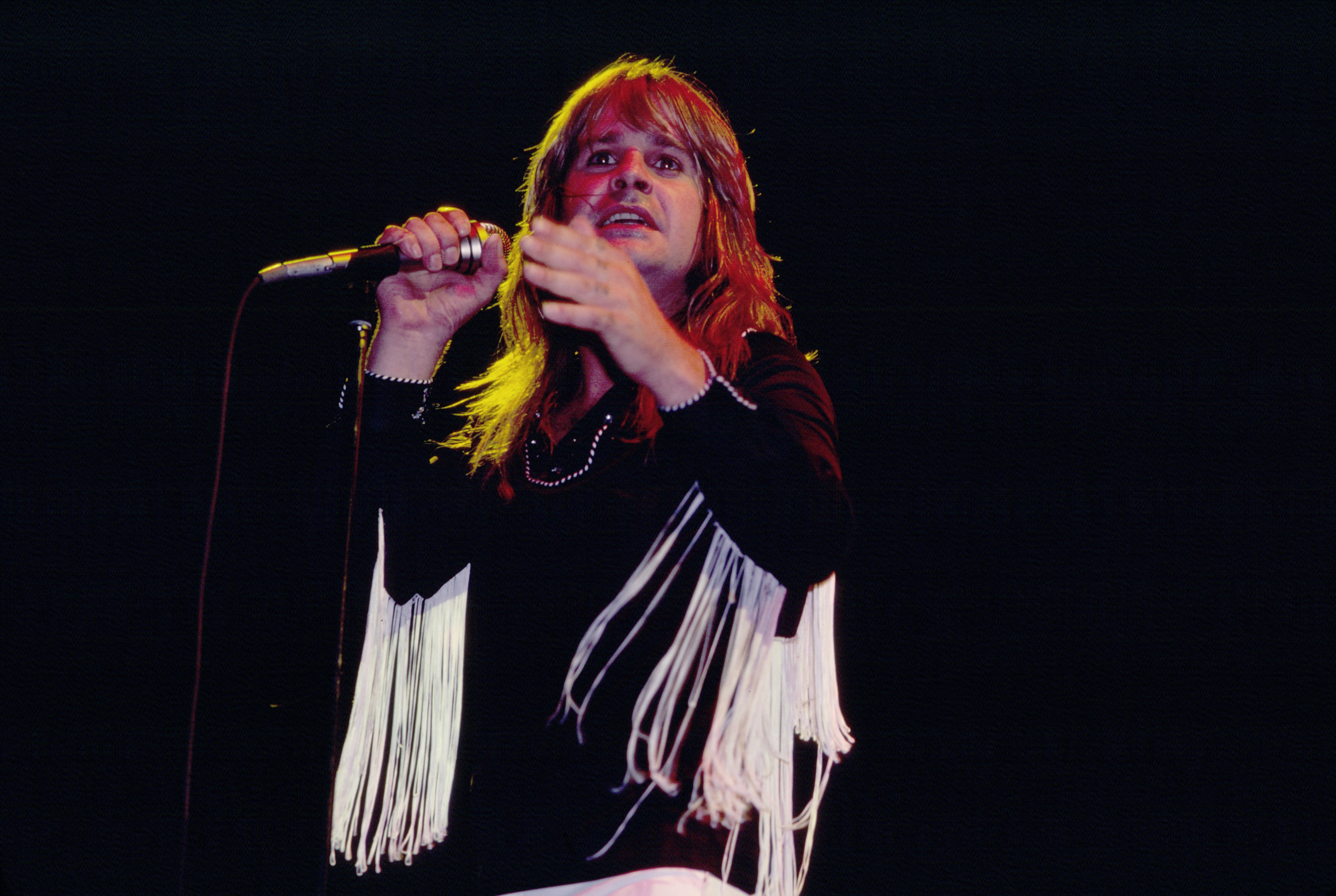
Shortly after, Osbourne did two things that would cement his place in rock-and-roll lore. At a meeting with record executives in Los Angeles, he bit the heads off two live doves. Then, at a 1982 concert in Des Moines, Iowa, he bit the head off a live bat. Osbourne later said he thought the bat was a rubber toy, but it didn’t matter: He had become rock royalty.
Osbourne’s life would take a dark turn that year, when his guitar player and good friend Rhoads died in a plane crash near a bus where the singer had been sleeping, pushing Osbourne into a depression. Later, he would say, “I have no regrets except that I wasn’t up to keep Randy from getting on that plane.”
That same year, Osbourne divorced Thelma and married his manager, Sharon Arden. The couple would have three children, Jack, Kelly and Aimee, but Osbourne’s substance abuse remained a near-constant issue in the relationship. In a haze of drugs and alcohol, he once even tried to kill Sharon ― a moment he would later describe as the most shameful moment of his life. Osbourne would spend much of the latter half of his life struggling to stay sober.
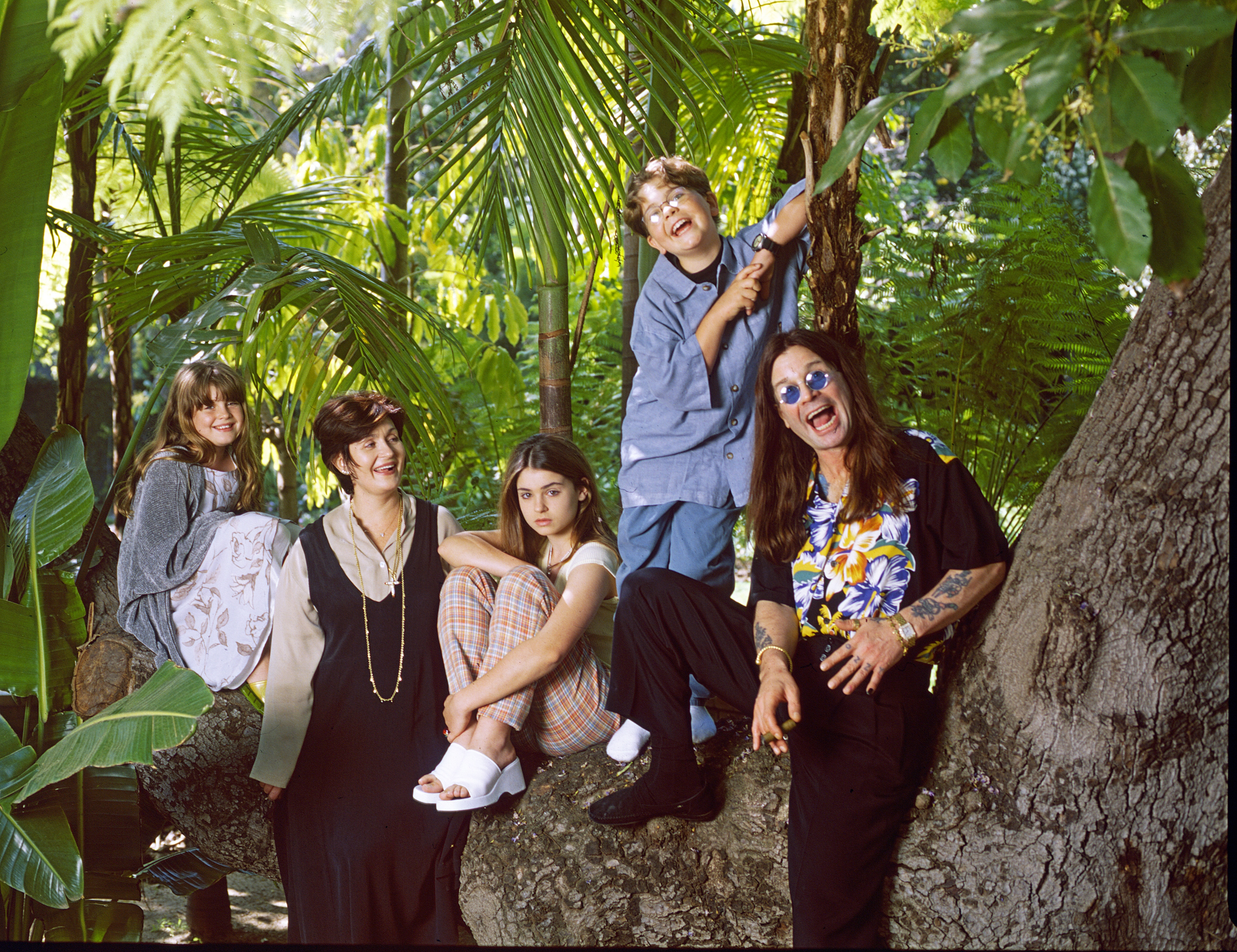
In the late ’80s and early ’90s, Osbourne became the focus of multiple lawsuits that garnered national attention, each brought by parents who believed Osbourne’s song “Suicide Solution” had caused their child to commit suicide. Osbourne won in every case on First Amendment grounds.
Later in life, Osbourne found fame with an entirely new generation on MTV’s The Osbournes, a reality TV show that documented the most mundane of the Osbourne family’s day-to-day shenanigans, and showed a funnier side of a man who had built a life on mystique.
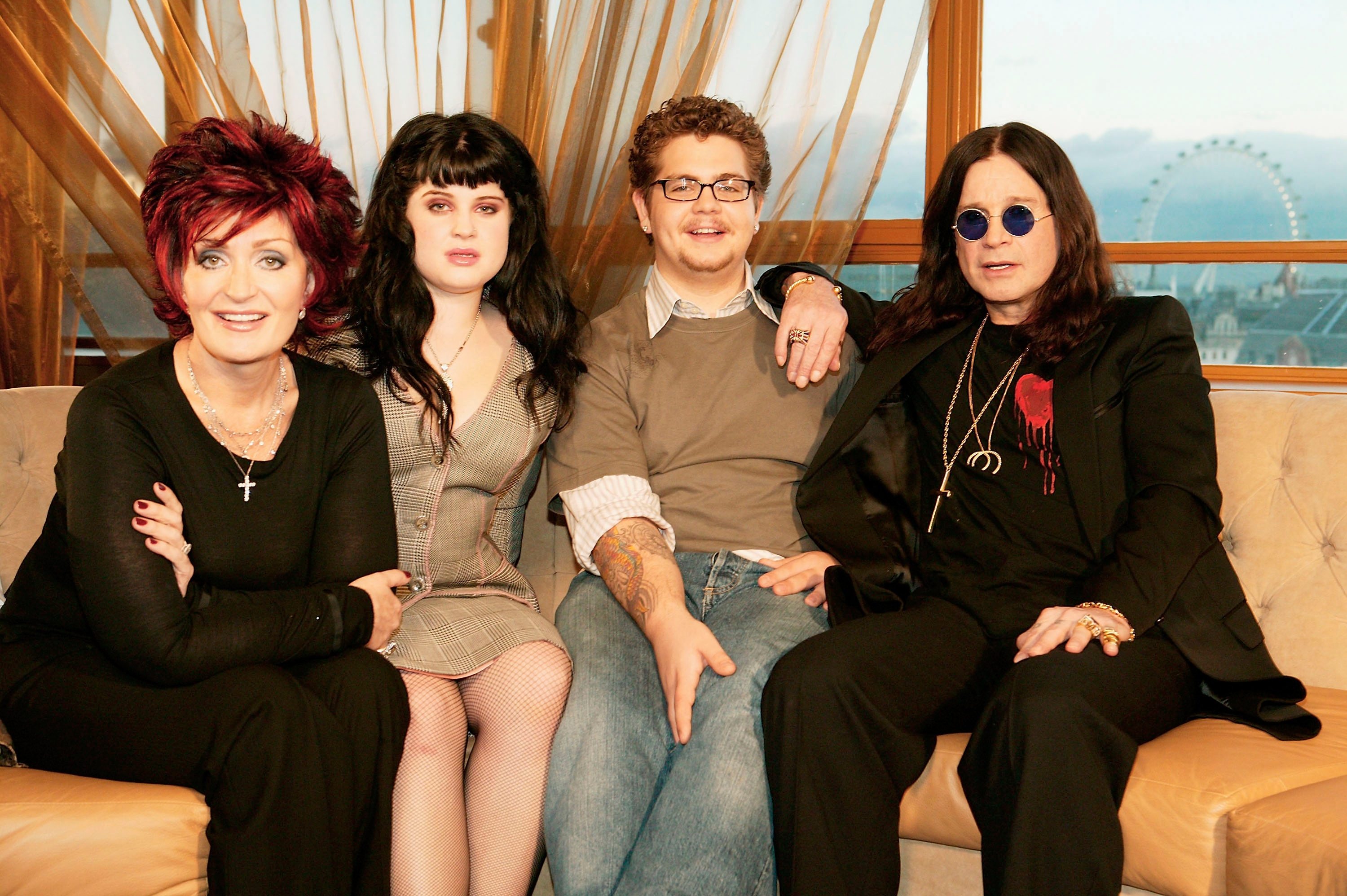
“Bubbles!” he once proclaimed upon finding out his show was scheduled to have bubbles and popcorn in it. “Oh, come on, Sharon! I’m fucking Ozzy Osbourne, the Prince of fucking Darkness! Evil! Evil! What’s fucking evil about a buttload of fucking bubbles?”
Nothing ever went smoothly for Osbourne. Even when the four original members of Black Sabbath announced in 2011 that they would reunite for a new album and world tour, things took a turn after drummer Bill Ward dropped out, supposedly for contractual reasons.
Osbourne wanted his own drummer, Tommy Clufetos, to replace Ward, but didn’t get his way. Producer Rick Rubin had Rage Against the Machine drummer Brad Wilk fill in instead, which left Osbourne “pissed off.”
It was messy and complicated, just like Osbourne ― a man who could appear in a daze, but who nevertheless possessed the humor and self-awareness to know just who he was and how he was seen.
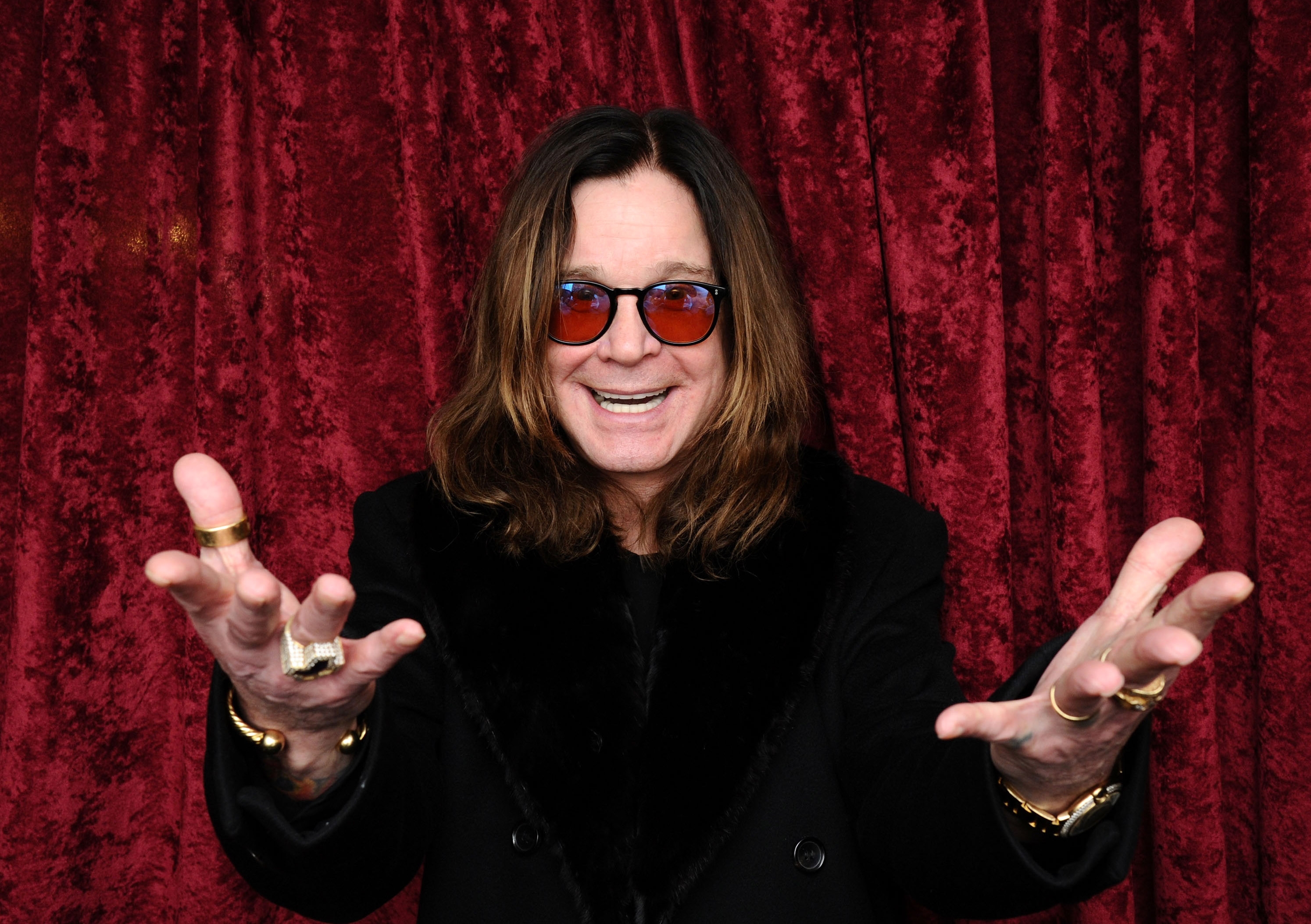
“I know what’s going to be on my tombstone, and there’s no getting around it,” Osbourne said in 2004. “‘Here lies Ozzy Osbourne, the ex-Black Sabbath singer who bit the head off a bat.’”
In 2014, Osbourne released Memoirs of a Madman, a career-spanning compilation. He had a Top 10 hit in 2019 with “Take What You Want,” a collaboration with Post Malone.
On the personal side, Osbourne fell off the wagon in 2014, which led to suggestions of a possible split with wife Sharon. The couple ultimately reunited in 2016.
However, Black Sabbath didn’t. The band announced it was calling it quits in March 2017, a month after its last performance in Birmingham.
In January 2020, Osbourne revealed he had been diagnosed with Parkinson’s disease, a neurodegenerative disorder with no known cure.
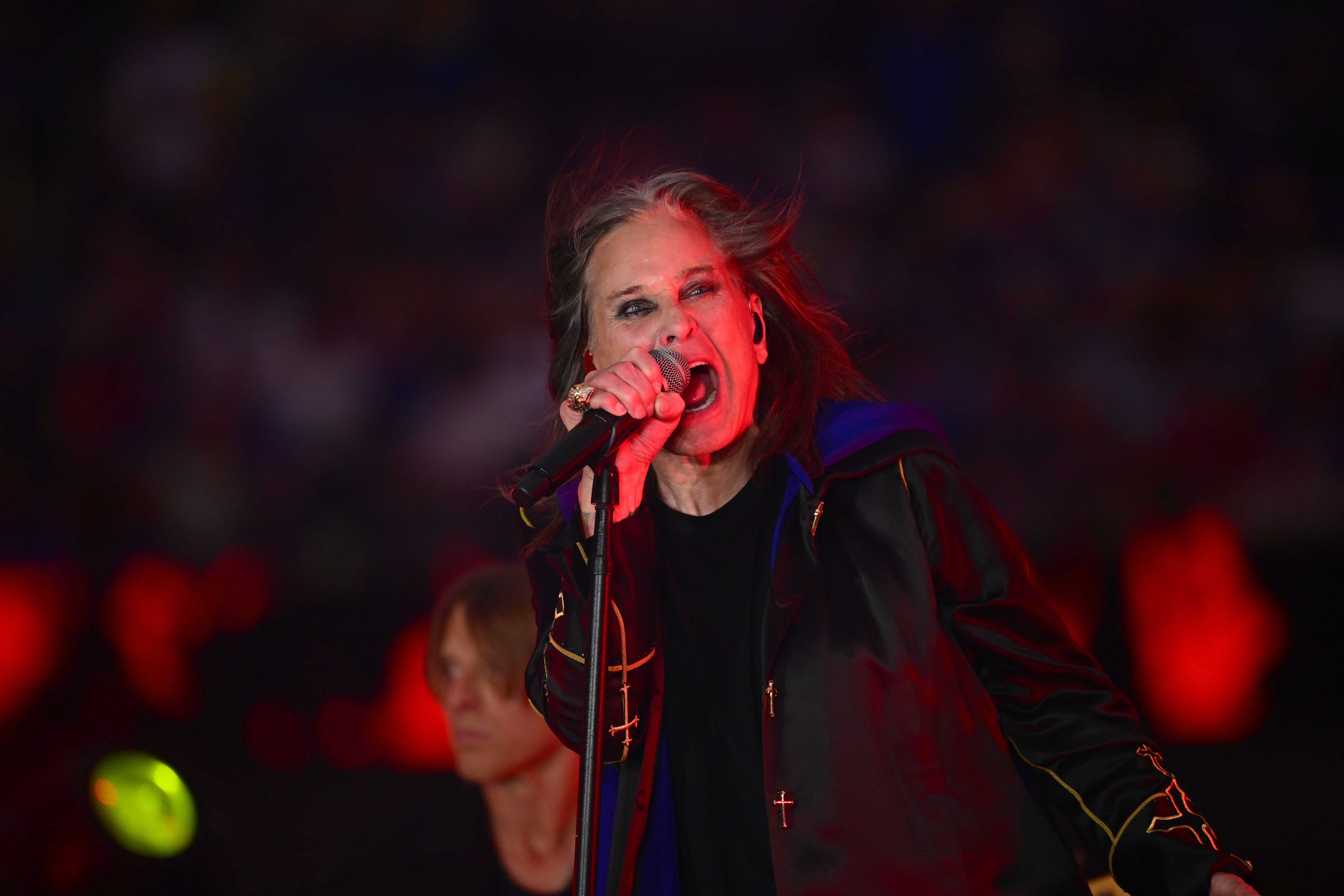
He held out hopes of getting back on the road, but canceled a scheduled 2023 tour because of issues with his spine.
Osbourne did make a move, though, announcing in 2022 that he was moving out of the United States because of all the gun violence.
This article originally appeared on HuffPost.